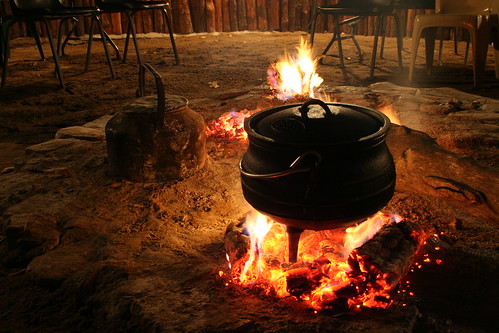.jpg) |
| Photo Credit: Marek Szczepanek |
The American Acclimation Society began the delivery of the birds to the Northern shores, some of them died upon the journey from Europe and other died upon release into their new habitat or failed to produce offspring in order to successful adapt. The climates of North American soils were not an easy feat to adapt and many of the birds perished when first introduced.
Eugene Schieffelin, founder of the American Acclimation Society was a socialite in the New York high society figures. Some time between 1852 and 1860, while living in a mansion on Madison Square, became despondent over the caterpillars that were infesting the trees around the square and decided to import 12 English Sparrows in which to begin a colony in order to eradicate the menace.
The sparrows flourished and spread and by 1870, Philadelphia was being over~run by sparrows and were soon hitching rides into the countryside via boxcars that were transporting grains. Their presence wasn't a fond one and bounties were placed on their heads as more and more people began to see the Sparrows as the menace and not the original foe in which they were intended.
Even though they were sold as food, shot, poisoned and trapped, the sparrow still thrives to this day~!!
There are about 110 species of Starlings, however, only the European Starling has been able to survive on North American shores. In and around 1890 ~ 91, Schieffelin released around 80 to 150 European Starlings into Central Park and spread to Philadelphia by 1910, the Pacific Coast during the 40s and by the 1950's they had found their way into Canada.
Today there are over 200 million starlings and their over~population is causing a major impact on the native birds, such as the Eastern Bluebird and the Gila Woodpecker, as they all compete for nesting grounds. However according to a recent study released in 2003, it has been noted that Sapsuckers are in a decline due to the Starling's presence in their environment.
There are reasons why it is important not to cross species outside of their natural habitats, while some die, others thrive and their assault of an area can be devastating ecologically...think before you introduce something into the wild, it could prove detrimental to us all~!!































































































